Have you ever experienced muscle soreness after a workout or physical activity? If so, you’re not alone. Muscle soreness is a common occurrence that can leave you feeling achy and uncomfortable. But fear not, because there are actions you can take to alleviate this discomfort. From gentle stretches and warm baths to incorporating rest days into your routine, this article will provide you with practical tips and tricks to help you combat muscle soreness and get back to feeling your best. So, if you’re ready to bid farewell to the post-workout soreness, keep reading for some valuable advice.
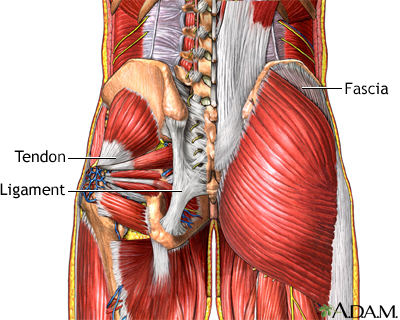
In This Article
ToggleUnderstanding Muscle Soreness
What is muscle soreness?
Muscle soreness, also known as delayed onset muscle soreness (DOMS), is the discomfort or pain experienced in your muscles after engaging in physical activity that is unfamiliar or intense. It typically peaks within 24 to 48 hours after exercise and gradually subsides over time. Muscle soreness is a normal response to exercise and is believed to be caused by microscopic damage to the muscle fibers.
What causes muscle soreness?
Several factors contribute to the development of muscle soreness. The primary cause is the microscopic damage to the muscle fibers and connective tissue that occurs during intense or unfamiliar exercise. This damage triggers an inflammatory response in the body, leading to pain and discomfort. Additionally, the accumulation of metabolic waste products, such as lactic acid, can contribute to the sensation of muscle soreness.
Different types of muscle soreness
There are two main types of muscle soreness: acute muscle soreness and delayed onset muscle soreness (DOMS). Acute muscle soreness is experienced during or immediately after exercise and is generally short-lived. It is caused by the buildup of lactic acid and other metabolic byproducts. On the other hand, DOMS is the more common and well-known type of muscle soreness. It often develops 24 to 48 hours after exercise and is characterized by muscle stiffness, tenderness, and reduced range of motion.
Preventing Muscle Soreness
Proper warm-up and cool-down
One of the most effective ways to prevent muscle soreness is by incorporating a proper warm-up and cool-down routine into your exercise regimen. A warm-up prepares your muscles for the workout ahead by increasing blood flow and gradually raising your heart rate. It typically involves light aerobic activity and dynamic stretching. After your workout, a cool-down allows your body to transition back to a resting state gradually. It includes activities like gentle stretching and low-intensity exercises.
Gradually increasing intensity
Another key in preventing muscle soreness is to gradually increase the intensity and duration of your workouts. Sudden increases in exercise intensity can put excessive strain on your muscles, leading to soreness and possible injury. By gradually progressing your workouts over time, you give your muscles the chance to adapt and become stronger without overloading them.
Maintaining a balanced diet
Proper nutrition plays a crucial role in muscle recovery and preventing soreness. Consuming a well-balanced diet that includes an adequate amount of protein, complex carbohydrates, and healthy fats can provide your muscles with the necessary fuel to repair and rebuild after intense exercise. Additionally, incorporating foods rich in antioxidants, such as fruits and vegetables, can help reduce inflammation and promote muscle recovery.
Hydrating adequately
Staying hydrated is essential for preventing muscle soreness. Dehydration can impair muscle function, decrease blood flow to the muscles, and increase the likelihood of cramps and muscle imbalances. Make sure to drink enough water before, during, and after your workouts to maintain optimal hydration levels and support muscle recovery.
Getting enough rest and recovery
Rest and recovery are crucial for preventing muscle soreness and promoting overall muscle health. It is during rest periods that your muscles have the opportunity to repair and rebuild themselves, helping to reduce soreness and prevent overuse injuries. Incorporate rest days into your exercise schedule and prioritize getting enough sleep to support muscle recovery.
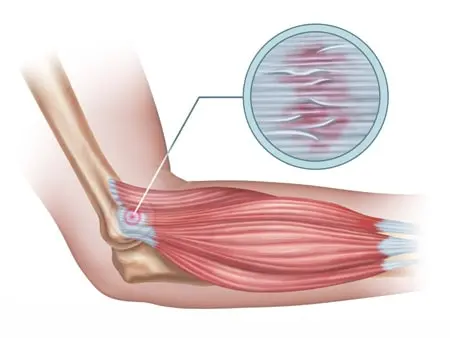
How to Relieve Muscle Soreness
Rest and active recovery
If you’re experiencing muscle soreness, the first and most important step is to allow your body to rest. Avoid engaging in intense workouts that target the affected muscles until the soreness subsides. However, engaging in gentle, low-impact activities such as walking or swimming can promote blood flow and aid in the recovery process. This is known as active recovery and can help alleviate muscle soreness faster.
Stretching and flexibility exercises
Stretching exercises can provide relief from muscle soreness by elongating the muscle fibers and improving flexibility. Focus on gentle, static stretches that target the affected muscle groups. Hold each stretch for 15 to 30 seconds and repeat a few times. Yoga and Pilates, which incorporate a combination of stretching and strengthening exercises, can also be beneficial for relieving muscle soreness.
Foam rolling and self-myofascial release
Foam rolling is a popular technique used to release muscle tension and alleviate soreness. By using a foam roller or other self-massage tools, you can apply pressure to specific muscle groups to stimulate blood flow and break up any knots or adhesions. This process, known as self-myofascial release, can help reduce muscle soreness and improve overall muscle function.
Icing and heat therapy
Applying ice or cold packs to the affected muscles can help reduce inflammation and numb the area, providing temporary pain relief. Wrap an ice pack in a cloth and apply it to the sore muscles for 15 to 20 minutes at a time. Alternatively, heat therapy in the form of warm compresses, heating pads, or warm showers can help relax the muscles and increase blood flow, promoting muscle recovery and relieving soreness.
Over-the-counter pain relievers
Over-the-counter pain relievers such as ibuprofen or acetaminophen can provide temporary relief from muscle soreness. These medications can help reduce pain, inflammation, and swelling associated with muscle soreness. However, it is important to use them according to the recommended dosage and not rely on them as a long-term solution.
Natural Remedies for Muscle Soreness
Epsom salt bath
Epsom salt, which is rich in magnesium sulfate, is a popular remedy for muscle soreness. Adding Epsom salt to a warm bath can help relax the muscles, reduce inflammation, and ease soreness. Soak in the bath for 20 to 30 minutes to experience the benefits. Additionally, magnesium from the Epsom salt can be absorbed through the skin and support muscle recovery.
Essential oils
Certain essential oils, such as lavender, peppermint, and eucalyptus, have analgesic and anti-inflammatory properties that can help relieve muscle soreness. Dilute a few drops of the essential oil of your choice in a carrier oil, such as coconut or jojoba oil, and gently massage it into the affected muscles. Alternatively, you can add a few drops of the essential oil to a warm bath or use a diffuser to spread the aroma in your surroundings.
Magnesium supplements
Magnesium is an essential mineral that plays a vital role in muscle function and recovery. Taking magnesium supplements can help alleviate muscle soreness by promoting muscle relaxation and reducing inflammation. Consult with your healthcare provider before starting any new supplements to determine the appropriate dosage for your needs.
Cherry juice
Cherries and cherry juice have been found to have anti-inflammatory properties that can help reduce muscle soreness and inflammation. The antioxidants present in cherries, called anthocyanins, have been shown to have a positive impact on muscle recovery. Consider incorporating fresh cherries or cherry juice into your diet as a natural remedy for muscle soreness.
Turmeric and ginger
Both turmeric and ginger have potent anti-inflammatory properties that can help relieve muscle soreness. Turmeric contains a compound called curcumin, which has been widely studied for its anti-inflammatory effects. Ginger also has similar anti-inflammatory compounds, called gingerols and shogaols. Incorporate turmeric and ginger into your diet by adding them to meals, smoothies, or enjoying them in tea form.
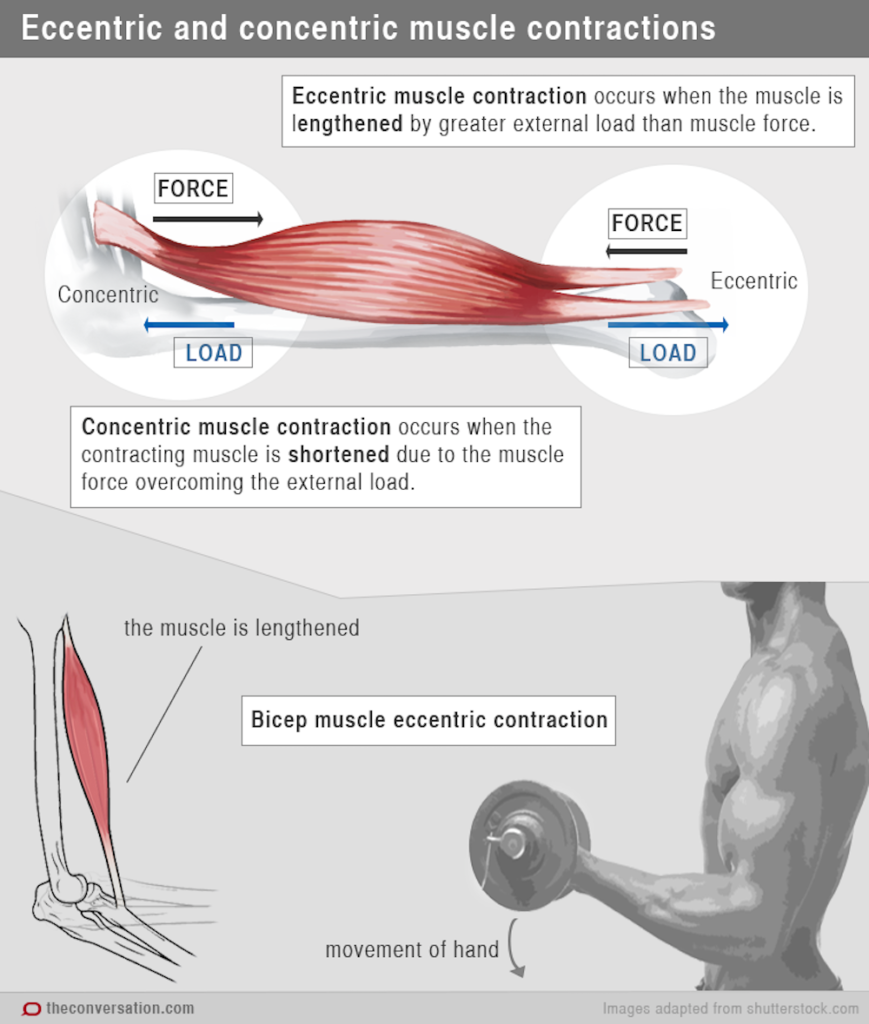
When to Seek Medical Advice
Severe or prolonged muscle soreness
In most cases, muscle soreness should resolve on its own within a few days. However, if you experience severe or prolonged muscle soreness that does not improve with rest and home remedies, it may be wise to seek medical advice. This could be a sign of a more severe muscle injury or a medical condition that requires further evaluation.
Unusual swelling or bruising
If you notice significant swelling or bruising along with your muscle soreness, it may indicate a more severe muscle injury, such as a strain or tear. Seeking medical advice in such cases is important to rule out any serious underlying conditions and receive appropriate treatment.
Limited range of motion
If you have difficulty moving the affected muscle or joint, or if you experience a loss in your range of motion, it could suggest a more severe muscle injury. A healthcare professional can assess the extent of your injury and provide appropriate guidance and treatment options.
Muscle weakness or fatigue
If you notice a significant decrease in muscle strength or feel fatigued even with minimal activity, it may be a sign of a more serious issue. Muscle weakness or fatigue that accompanies muscle soreness should be evaluated by a healthcare professional to determine the underlying cause.
Tips for Returning to Exercise After Muscle Soreness
Start gradually
After experiencing muscle soreness, it’s important to ease back into your exercise routine gradually. Start with low-intensity exercises and gradually increase the intensity and duration over time. Give your muscles time to recover fully before engaging in more challenging workouts to prevent further soreness or injury.
Listen to your body
Pay attention to how your body feels during and after exercise. If you start to feel any pain or discomfort in your muscles, it may be a sign to take it easy and modify your workouts. Pushing through pain can exacerbate muscle soreness and prolong the recovery process.
Modify your workouts
Consider modifying your workouts to reduce the impact on your sore muscles. For example, if your legs are sore, focus on upper-body exercises instead. You can also opt for low-impact exercises like swimming or cycling, which put less stress on the muscles and joints. Gradually reintroduce exercises that target the affected muscles as your soreness subsides.
Add cross-training and flexibility exercises
Incorporating cross-training and flexibility exercises into your routine can help prevent future muscle soreness. Cross-training involves engaging in different types of activities to work different muscle groups and minimize overuse injuries. Additionally, regularly incorporating flexibility exercises such as yoga or Pilates can help improve muscle strength, flexibility, and overall performance.

Exercises to Prevent and Relieve Muscle Soreness
Dynamic warm-up exercises
Dynamic warm-up exercises involve movements that mimic the activity you’re about to perform. These exercises help increase blood flow, warm up the muscles, and prepare them for the upcoming workout. Examples of dynamic warm-up exercises include leg swings, arm circles, high knees, and walking lunges.
Static stretching exercises
Static stretching exercises are held for a certain period and target specific muscle groups. These exercises help improve flexibility, relieve muscle tension, and reduce the risk of injury. Some examples of static stretching exercises include hamstring stretches, calf stretches, and shoulder stretches.
Foam rolling exercises
Foam rolling exercises, also known as self-myofascial release exercises, involve using a foam roller or other self-massage tools to apply pressure to specific muscle groups. These exercises help release muscle tension, improve mobility, and alleviate muscle soreness. Focus on rolling out the major muscle groups like quads, hamstrings, calves, and back.
Yoga poses for muscle soreness
Yoga poses can be incredibly beneficial for both preventing and relieving muscle soreness. Poses like downward-facing dog, child’s pose, pigeon pose, and supine twist can help stretch and relax the muscles, relieve tension, and improve flexibility. Incorporate these poses into your regular yoga practice to help prevent and alleviate muscle soreness.
Resistance band exercises
Resistance band exercises are an excellent way to strengthen and stabilize the muscles, helping to prevent muscle soreness and injuries. Incorporate exercises like bicep curls, triceps extensions, squats, and lateral band walks into your workouts. Resistance bands provide gentle resistance throughout the movement, helping to engage the muscles and promote overall strength.
Importance of Proper Nutrition for Muscle Recovery
Macronutrient requirements
Proper nutrition is essential for muscle recovery and preventing soreness. Adequate intake of macronutrients such as protein, carbohydrates, and fats is crucial to support muscle repair, glycogen replenishment, and overall recovery. Aim to consume a balanced diet that includes lean sources of protein, complex carbohydrates, and healthy fats to provide your muscles with the necessary nutrients.
Anti-inflammatory foods
Incorporating anti-inflammatory foods into your diet can help reduce muscle soreness and inflammation. Include foods rich in omega-3 fatty acids, such as fatty fish like salmon or nuts and seeds, as they have anti-inflammatory properties. Colorful fruits and vegetables, like berries and leafy greens, are also packed with antioxidants and can aid in recovery by reducing inflammation.
Hydration and electrolyte balance
Proper hydration is crucial for muscle recovery and preventing soreness. Dehydration can affect muscle function and performance, making it important to drink sufficient water throughout the day. Additionally, maintaining electrolyte balance by consuming foods or beverages rich in potassium, magnesium, and sodium can help prevent muscle cramps and optimize muscle recovery.
Post-workout nutrition
Consuming a post-workout meal or snack within the first hour after exercise is vital for muscle recovery and minimizing soreness. Aim for a combination of protein and carbohydrates to replenish glycogen stores and provide the necessary building blocks for muscle repair. Good options include lean protein sources, whole grains, fruits, and vegetables.
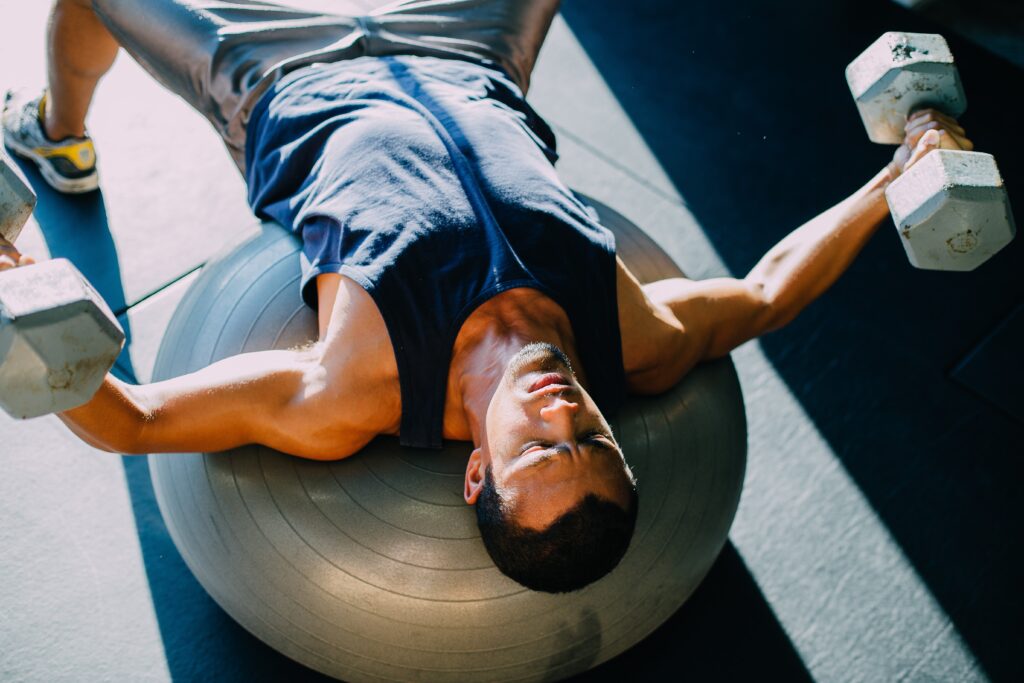
The Role of Sleep in Muscle Soreness and Recovery
Importance of quality sleep
Quality sleep is crucial for muscle recovery and reducing muscle soreness. During sleep, your body releases growth hormones that promote tissue repair and muscle growth. Additionally, adequate sleep improves immune function, reduces inflammation, and aids in overall recovery. Aim for 7 to 9 hours of uninterrupted sleep each night to support muscle health and alleviate soreness.
Optimal sleep duration
To promote muscle recovery, it’s important to prioritize getting enough sleep. While individual sleep needs may vary, most adults require 7 to 9 hours of sleep per night to function optimally. Establish a consistent sleep schedule and create a relaxing bedtime routine to ensure you’re getting the necessary amount of sleep to support muscle recovery.
Enhancing sleep environment
Creating a sleep-friendly environment can help optimize the quality of your sleep, promoting muscle recovery and minimizing soreness. Keep your bedroom dark, quiet, and cool to create an atmosphere conducive to sleep. Limit exposure to electronic devices before bed and consider using blackout curtains, earplugs, or a white noise machine to create a peaceful environment.
Establishing a sleep routine
Establishing a consistent sleep routine can help signal your body that it’s time to rest and recover. Go to bed and wake up at the same time each day, even on weekends. Engage in relaxing activities before bed, such as reading a book or taking a warm bath. By establishing a sleep routine, you can help regulate your body’s sleep-wake cycle and promote muscle recovery.
Conclusion
Understanding muscle soreness and implementing prevention and relief strategies is essential for maintaining a healthy and active lifestyle. By incorporating proper warm-up and cool-down routines, gradually increasing exercise intensity, maintaining a balanced diet, staying hydrated, and getting sufficient rest and recovery, you can minimize the chances of experiencing muscle soreness. Additionally, incorporating rest, stretching exercises, foam rolling, icing or heat therapy, and natural remedies can help alleviate muscle soreness. Listening to your body, modifying workouts, and gradually returning to exercise after muscle soreness are important steps to ensure a smooth transition. Remember to prioritize proper nutrition, sleep, and recovery to support your muscles and prevent future soreness. With this comprehensive understanding and implementation of strategies, you can effectively manage muscle soreness and promote overall muscle health.

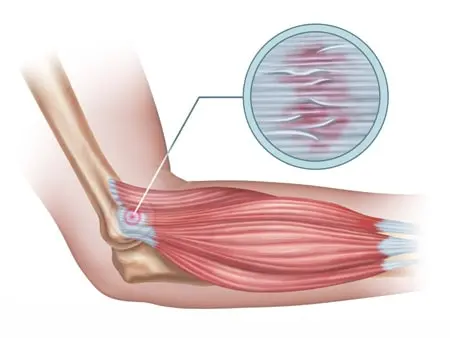








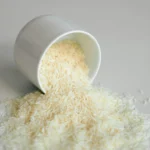



No comment yet, add your voice below!